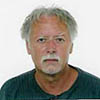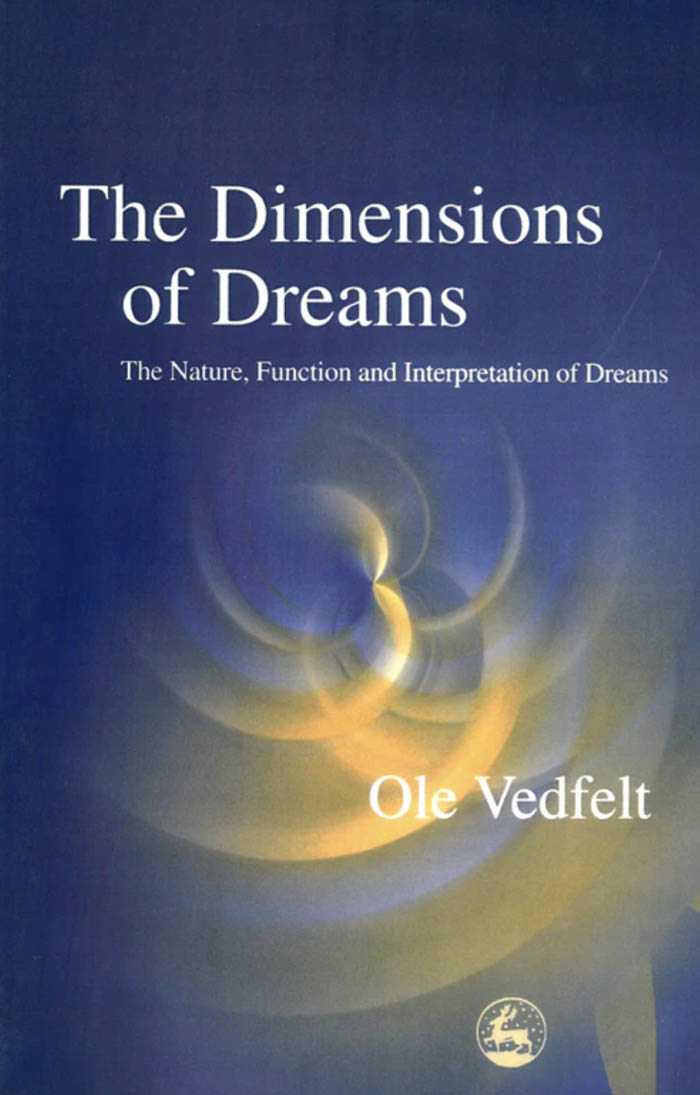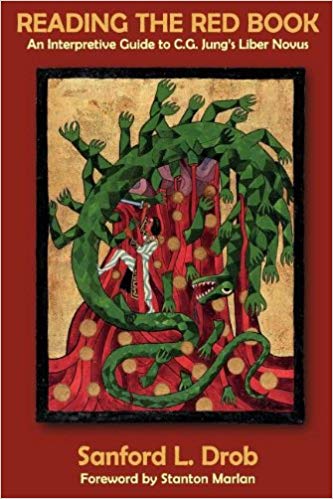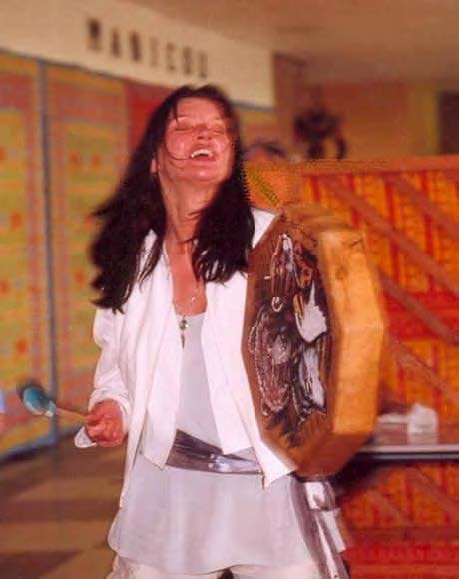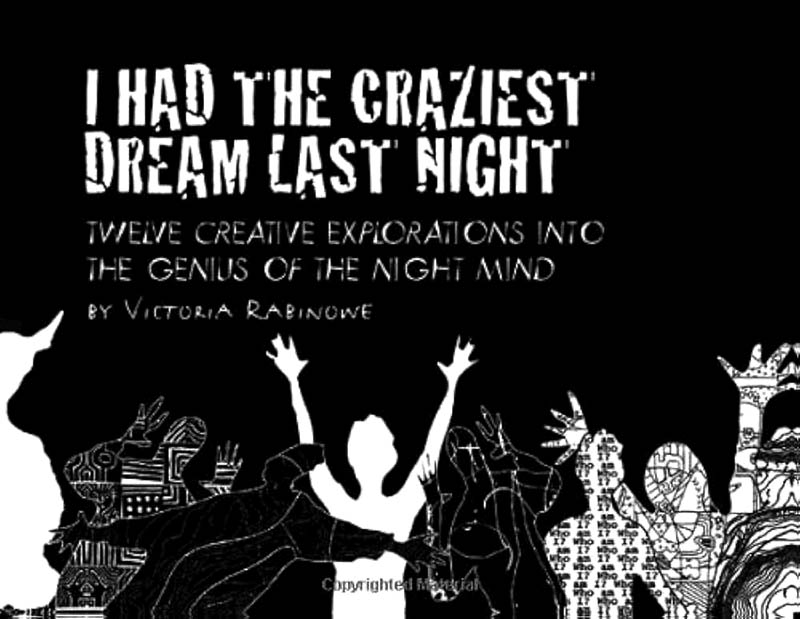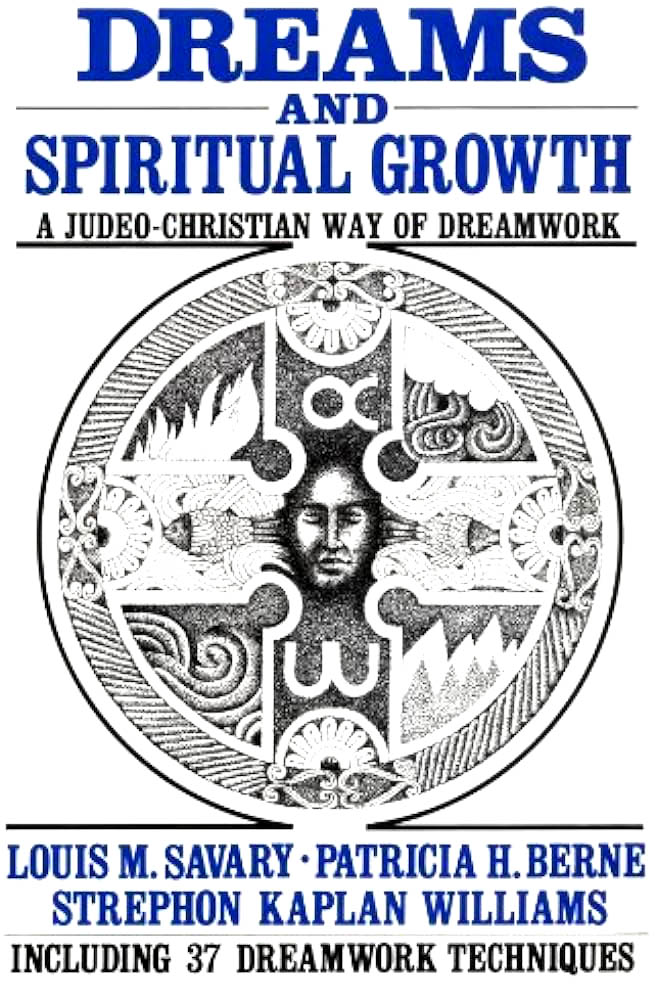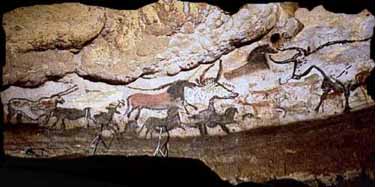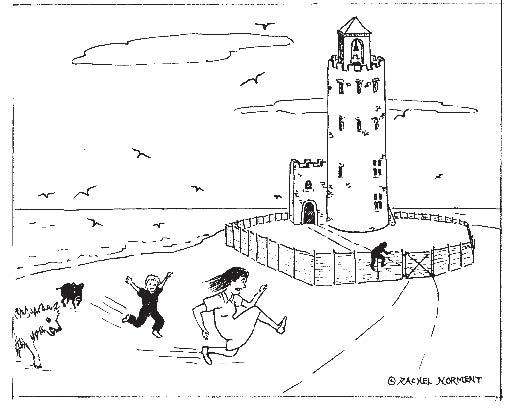In the Winter Issue of DNJ a year past, I wrote a series of mini-reviews which included what was then Robert Moss’ most recent title, THE THREE ONLY THINGS. It was an ambiguous review, as I found the work then to be halves of separate books which on one hand irritated me yet on the other fascinated. A year later, Robert has a new book and I have a new attitude. THE SECRET HISTORY OF DREAMING is indeed the book I was looking for from this gifted and prolific author a year ago.
With his forthcoming, Robert Moss challenges his readers with such provocative questions as, “What happens when the imagination is driven underground?” Which is to say, when dreaming is undervalued or suppressed in a society, where does this signature human activity go? He moves on from such questioning to present between pages 101121 a chapter entitled From the Dream Library. Here is my first quotation from this wondrous new volume: (p.119) “For creative people, dreaming is very much about building imaginal space—a studio in the mind where ideas take form easily.” While I would change “ideas” to images for higher creative yield, the concept Moss presents does give rise to exciting potentials. For this alone Robert’s latest is worth the read. The suggestion of a Dream Library moves the initiating dream journal into a personalized collection combining one’s own dreams of significance with dream inspired creative offspring from history, art and philosophy, along with the dream-stories of others. An inspired dreamworker might well include in such a dream library visual art, poetry, music and storytelling which stirs the heart and mind and sets the soul to dreaming itself awake, moving an evolving, holistic psyche outside the confines of dream-impoverished normalcy and into the schemata of non-ordinary con-sciousness and creative divinity.
As one moves through the book, the enchanted reader discovers chapter after chapter with such alluring titles as Joan of Arc and the Tree-Seers, The Beautiful Dream Spy of Madrid, The Underground Railroad of Dreams and ultimately my favorite: The Man Who Blew Things Up. This latter chapter focuses on the interactions, dreams and correspondence between Carl Jung and physicist Wolfgang Pauli. Here again, I return to quotations, encouraging you to accept this invitation to become readers of Robert Moss, to experience some of THE SECRET HISTORY OF DREAMS in the author’s words. It is my intention that these few cited passages draw attention and convey a sense of the fascination and enchantment with which this new book by Moss is brimmed. It is like a hearty harvest—a winterworthy feast of word-pictures and examples. On page 211 we find this:
“Over a quarter of a century (Jung and Pauli) shared dreams and coincidences and wild imaginings, groping together toward a unified theory to explain the interplay of mind and matter at all levels of the multidimensional universe. In their encounters, physics met psychology, erasing facile distinctions between objective and subjective and opening the way to understanding the unus mundus, the underlying unity.”
The stage set, Robert Moss moves on to relay several dreams Pauli related to Jung—some of which Jung included in his book Psychology & Alchemy. (p 216-17:)
“Pauli dreams of a treasure in the deep. To reach it, he has to dive through a narrow opening. This is dangerous, but down below he will find a companion. The dreamer takes a plunge into the dark and discovers a beautiful garden in the depths, symmetrically laid out, with a fountain in the center.
“In another dream, (Pauli) _is falling, not diving, into the abyss. At the bottom is a bear whose eyes glow alternately in four colors. Looking more closely, he sees it has four eyes that change into four lights. The bear disappears and Pauli goes through a long, dark tunnel. Beyond it, in the light, is a pile of treasure with a diamond ring on top. Pauli is told the ring will lead him on a long journey to the east.” _
Then, in a segment conclusion, Moss reflects and relates: “Pauli and Jung both felt his adventures in dreaming and dreamsharing had brought him to some kind of balance when he reported a dream of exquisite harmony, the dream of the World Clock. He saw a vertical blue disk and a horizontal disk of four colors, both turning from a common center and supported by a great bird. This was the World Clock and it had three rhythms or pulses: a complete revolution of the vertical disk turned the horizontal disk by a fraction; a revolution of the horizontal disk moved the golden ring. The vision gave Pauli a sense of the most sublime harmony. Jung was fascinated by the image of a multidimensional mandala displaying the interplay of time and eternity.”
Here again we find poignant and shining examples to justify the gathering of that resource of alterity author Robert Moss calls the Dream Library. Assuredly, THE SECRET HISTORY OF DREAMING should be awarded a place of distinction in that fruitful compilation of endeavor and metamorphic wisdom.

